In all honesty: A golfing pilgrimage
Fergus Bisset explored the honesty box courses on Scotland's west coast
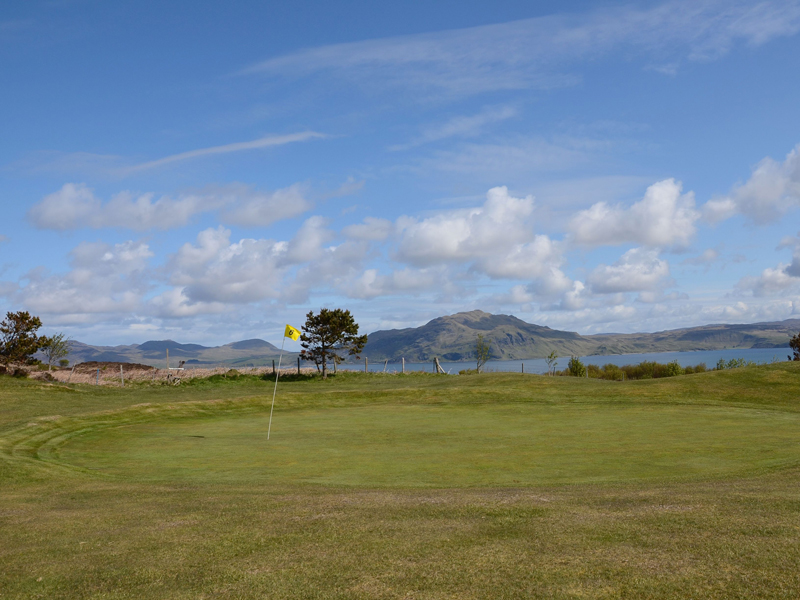

Fergus Bisset made a spiritual, solitary journey to play the honesty box courses of the west coast of Scotland, with the aim of rediscovering his golfing soul.
A seagull made a valiant attempt to keep pace with the Arran ferry as the rain-filled gusts repeatedly forced it back. I watched it persevere from the comfort of the bar and thought these were appropriate conditions in which to begin my expedition.
For a number of years I’d wanted to take my clubs to the west of Scotland to visit some of the “honesty box” courses dotted up the dramatic coastline and across the rugged islands. I’d been told that to play these tracks was something of a rite of passage, a chance to find your golfing soul amidst the mountains and lochs of the west highlands.
For me, constant obsessing over score and handicap is a compulsive distraction from the key objective of golf: enjoyment. On this trip I wanted to try and get back to basics, to play for playing’s sake and, maybe, to get some pleasure from it.
Arran is often described as “Scotland in miniature,” and it’s easy to see why. On an island that’s just 30 miles long and 10 across, there’s an incredible array of scenery to be taken in. Circumnavigating Arran you drive through picturesque fishing villages, past towering mountains, moorland, forests and sprawling beaches. You can visit stunning castles, a distillery, a brewery, a cheese-maker and more. There are also seven, yes seven, golf courses.
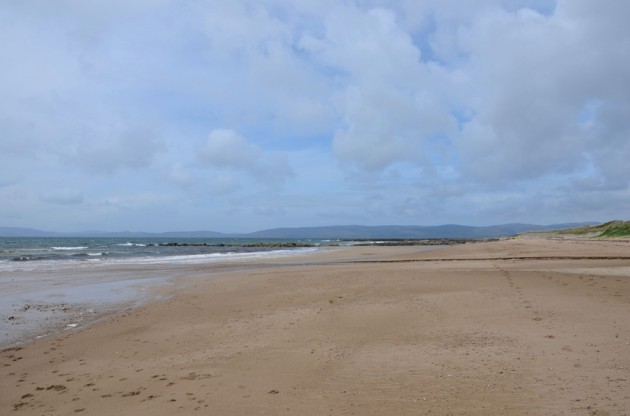
Thankfully the weather was much improved when I made the journey over “The String” road from Brodick on Arran’s east coast to Blackwaterfoot on its west. My first round was to be at Shiskine Golf Club. It’s a 12-hole course that doesn’t quite fit the bill of “honesty box” track. There’s a shop where you hand over the cash to a real person and a lively (if dry) clubhouse. But, what the layout delivers in terms of a natural and rugged test of golf is exceptional.
Playing towards Drumadoon Point with stunning views across to the Kintyre peninsula and up Arran’s coast to impressive columnar basalt cliffs, this is an awe-inspiring setting for golf.
Get the Golf Monthly Newsletter
Subscribe to the Golf Monthly newsletter to stay up to date with all the latest tour news, equipment news, reviews, head-to-heads and buyer’s guides from our team of experienced experts.
With the wind whipping, my first effort sailed off beautifully before it took a sharp turn left and disappeared, at pace, across the silvery beach bordering the hole. But it didn’t matter, that wasn’t going to bother me. This trip was about place and experience.
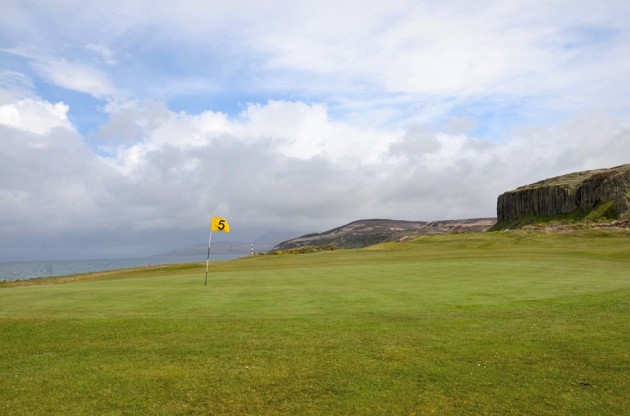
Shiskine features one of the most memorable stretches of holes I’ve ever played. The nigh-on impossible 3rd, “Crows Nest,” where the tee-shot must climb some 50 feet and stop on a plateau green with everything sloping towards a guaranteed lost ball on the left; then, on the 4th, you hit from a hugely elevated tee with cliffs right and the Kilbrannan Sound and Kintyre ahead; the 5th is towards the point and, on a clear day, the Ailsa Craig, the 6th turns back homeward and hugs the edge of the beach before the 7th, “Himalayas,” plays across a formidable sand dune. This is a unique and captivating course.
The next stop on my journey was Corrie, back on the island’s east coast. I pulled up there, beside the painted timber clubhouse surrounded by mature, deciduous trees and thought I could have been arriving at a cricket pavilion in an English village. There was nobody around so I posted £20 through the letterbox as instructed, and headed over the cattle/deer grid onto the course.
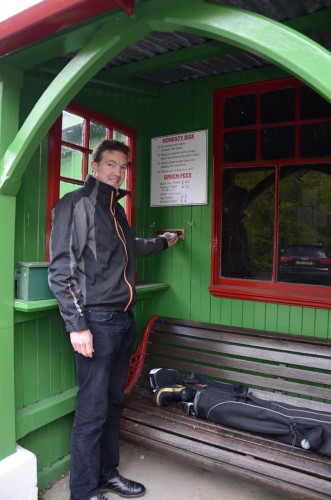
The short par-3 1st belies what’s ahead. With a green framed by beeches and oaks, it has the feel of a parkland track. It wasn’t what I had expected.
But then I turned the corner to face the impressive peaks at the head of Glen Sannox, rising to almost 3,000 feet. From the 2nd onwards, the holes forge up and towards these mountains. Alone on the hillside, this was what I’d hoped for. True golfing escapism: a battle with the elements in uncompromising countryside.
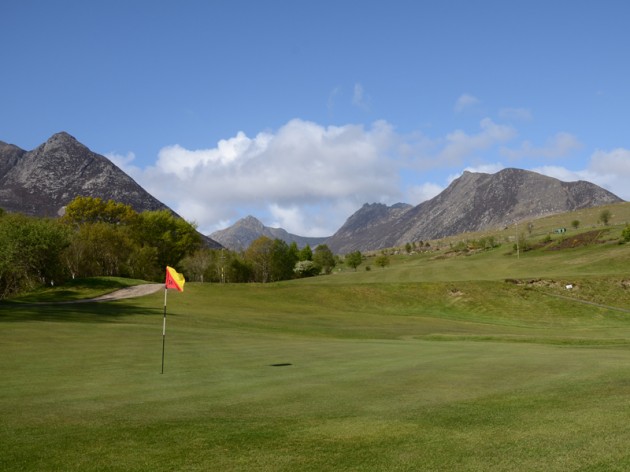
The nine holes here are short (the longest just over 300 yards,) it’s the strong winds and severe slopes that present the challenge. What really makes it though is the setting. I’ve seldom felt so exhilarated on a golf course as I sauntered round in solitary splendour, lifting my eyes to the hills and then gazing down towards the Firth of Clyde. ‘This is what golf is really about,’ I jotted on my notepad. ‘A wild point-to-point game, played with a stick and a ball over rough, testing terrain.’
Unfortunately I had no time to play the other courses on Arran, though I did wander around Brodick: a nice looking, parkland style course of 18 holes, affording views up to the famous summit of Goatfell and the wonderful, National Trust-run, Brodick Castle.
I also had a look at Lochranza as I headed to catch the ferry over to Claonaig on Kintyre. It’s another supremely picturesque nine-hole layout where deer roam the fairways and buzzards hover overhead.
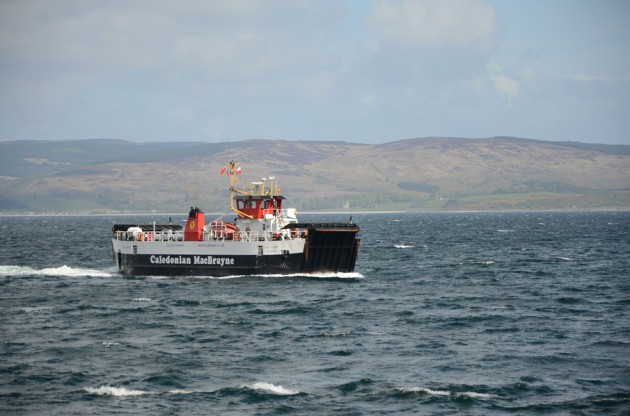
After a short crossing, the drive from Claonaig to Oban was a spectacular one. The village of Kilmartin provided the highpoints: possibly the best roast beef sandwich of all time at the Kilmartin House museum and a look at the amazing 14th century gravestones in the churchyard.
Sailing to the Isle of Mull from Oban, the ferry passed the striking Duart Castle at the island’s south-eastern tip. Long-time seat of Clan Maclean, it’s an imposing structure proudly guarding the Sound of Mull.
Landing at Craignure, I was sorry not to have time to stop at the attractive looking nine-hole (18-tee) course just a mile from the ferry port. My schedule was tight so I headed north to the island’s main town – Tobermory.
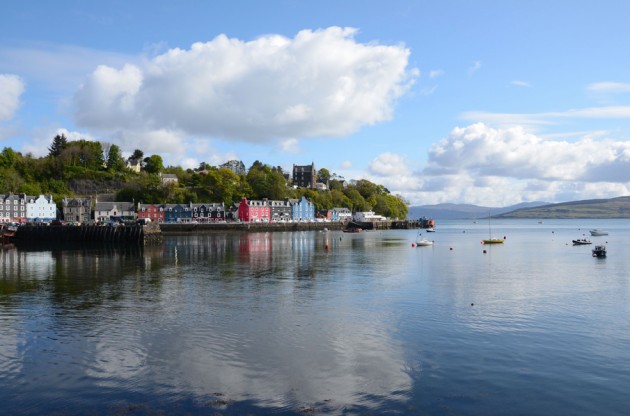
Those with small children might recognise it, with its houses of many colours, as the setting for the TV programme “Balamory.” Those who’ve not been subjected to such televisual tortures might be more likely to associate Tobermory with its annual music festival or perhaps its eponymous single malt whisky, distilled at the end of the pier since 1798: A handy place to replenish supplies.
On the hill above the town I found the golf course and was in for a treat. Again, I was a lone ranger on the fairways, save for a single greenkeeper, who maintained a safe distance throughout. Set over dramatically undulating ground, there were some supremely fun holes to be played, many from raised tees, many to plateau greens. I didn’t note my score over two loops of the nine holes, but I won’t forget making a birdie three at the testing, uphill 6th. The views from the green across to Ardnamurchan were even more breathtaking than the 5-iron I’d just hit to three feet but nobody had seen.
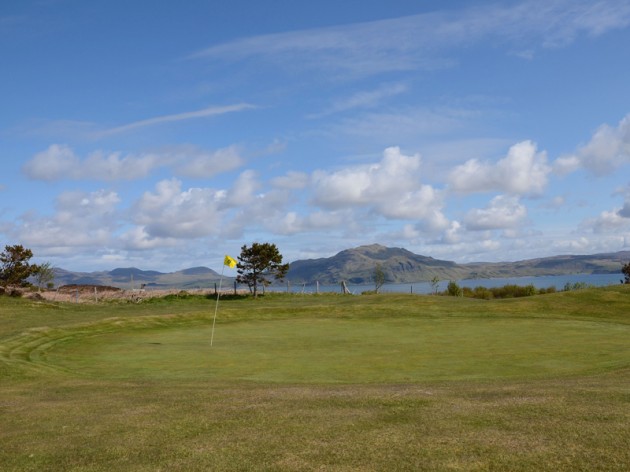
After Tobermory, Ardnamurchan was my next destination as I took the ferry to Kilchoan. Before turning north towards Arisaig, I made a detour to the Ardnamurchan lighthouse: the most westerly point on the British mainland and another ludicrously beautiful drive.
The last course on my honesty box odyssey was to be Traigh, just off the old road to Mallaig. After the stunning scenery I’d seen on Arran and Mull, I didn’t think Traigh could possibly top what I’d already experienced in terms of pure aesthetic golfing pleasure. I was wrong. I’ll put my neck on the line and say there’s nowhere on earth where the scenery surrounding a golf course is so magnificent.
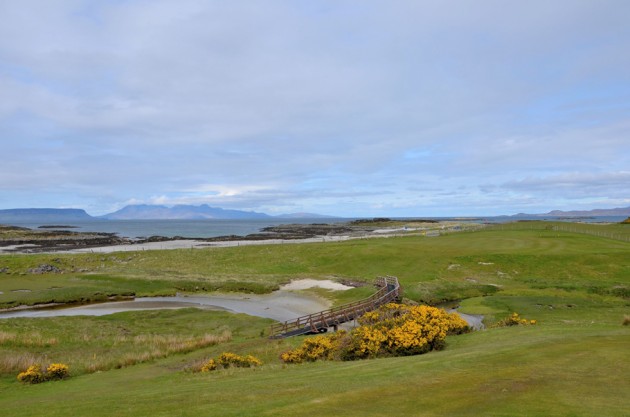
Standing on the raised 1st green, I looked west across white sands and a turquoise sea towards the islands of Rum and Eigg, the latter’s distinctive “An Sgurr” cloaked by cloud. Further north, the dramatic “Cuillins” of Skye were capped with snow. Inland, rainstorms were brewing over the rugged peaks or Morar. This was it. My golfing soul and I had been re-united.
I took in the panorama, toasted it with a slug of Tobermory from my hip flask and forged on into the wind; just a man in the wild with a few sticks and a ball.

Fergus is Golf Monthly's resident expert on the history of the game and has written extensively on that subject. He has also worked with Golf Monthly to produce a podcast series. Called 18 Majors: The Golf History Show it offers new and in-depth perspectives on some of the most important moments in golf's long history. You can find all the details about it here.
He is a golf obsessive and 1-handicapper. Growing up in the North East of Scotland, golf runs through his veins and his passion for the sport was bolstered during his time at St Andrews university studying history. He went on to earn a post graduate diploma from the London School of Journalism. Fergus has worked for Golf Monthly since 2004 and has written two books on the game; "Great Golf Debates" together with Jezz Ellwood of Golf Monthly and the history section of "The Ultimate Golf Book" together with Neil Tappin , also of Golf Monthly.
Fergus once shanked a ball from just over Granny Clark's Wynd on the 18th of the Old Course that struck the St Andrews Golf Club and rebounded into the Valley of Sin, from where he saved par. Who says there's no golfing god?
-
 JM Eagle LA Championship Prize Money Payout 2025
JM Eagle LA Championship Prize Money Payout 2025The LPGA Tour heads to California for the JM Eagle LA Championship, where the largest prize money payout of the season so far is on the table
By Mike Hall
-
 Corales Puntacana Championship Prize Money Payout 2025
Corales Puntacana Championship Prize Money Payout 2025The PGA Tour’s latest opposite field event features an attractive prize money payout and some former champions in the field
By Mike Hall